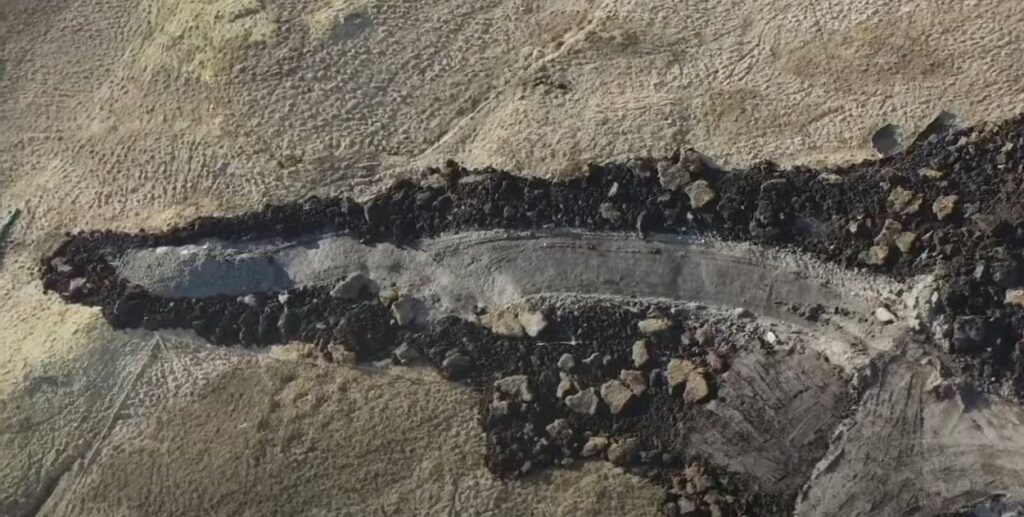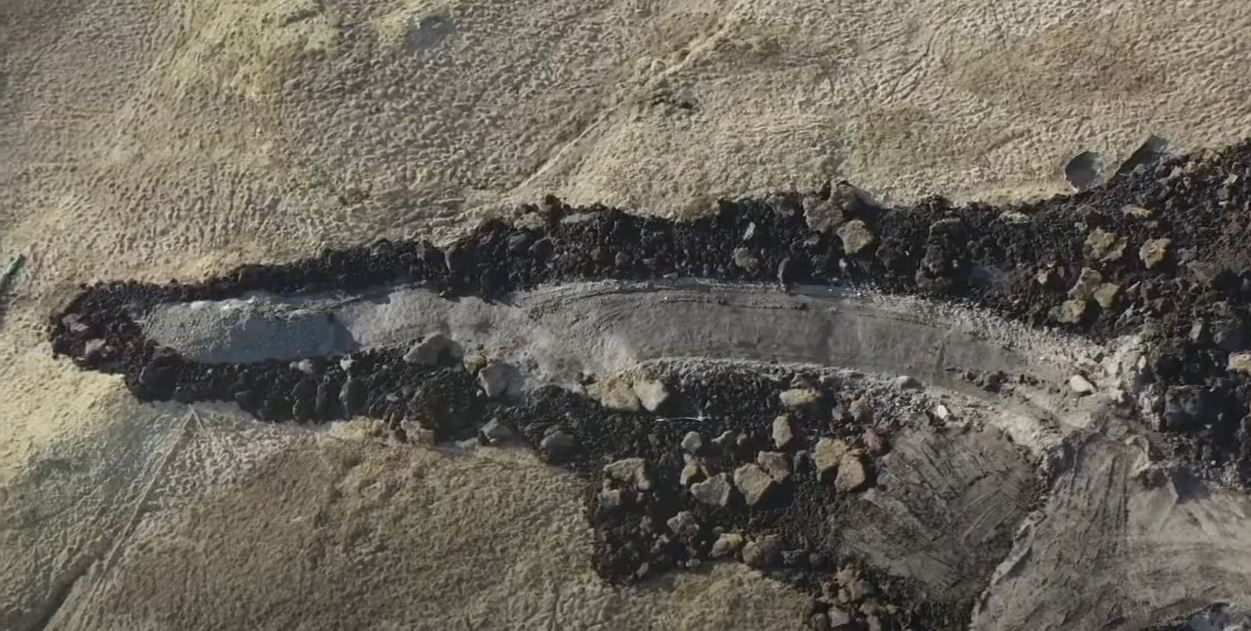The Landslide Blog is written by Dave Petley, who is widely recognized as a world leader in the study and management of landslides.
On 7 May 2024 a peat landslide occurred in Shetland, northern Scotland at the site of the under construction Viking Energy wind farm site. The landslide was captured on a video that has been widely circulated on social media, and is the subject of a BBC News article too.
The footage should be visible on the Youtube video below:-
There is also a really good set of drone footage showing the aftermath of the landslide, posted to Youtube by Gary Buchan:-
Landslides at windfarm sites is not a new phenomena – examples include the massive 2003 Derrybrien landslide in the Irish Republic, the July 2022 landslide on the Kames Ridge in Shetland and the 2020 Meenbog peatslide in the Irish Republic.
This landslide was not large by peatslide standards, but it was still environmentally damaging. Peat is a precious resource that takes centuries to renew. This failure will leave permanent damage.
The video by Gary Buchan hints at the likely cause. This still is very revealing:-

This is the toe of the landslide. Note the disturbed peat on the periphery of the landslide and the crushed stone in the central part. The real time video at the top of the post shows the crushed stone riding on top of the mobile peat. At the crown of the landslide, Gary Buchan’s video shows crushed stone piled up on the peat.
So, the most likely cause of the landslide was loading by the crushed stone, although this needs further investigation. If so, this would be very poor practice by the developer, in my view. Failure in these circumstances is a well-known hazard in peat areas, and the developers of windfarms are required to avoid these circumstances.
I hope that this event will be investigated properly and impartially. It is extremely fortunate that this peatslide did not turn into the sort of long runout landslide that we saw at Meenbog.
Largescale onshore windfarms are an important part of the transition to renewable energy, so I am not ideologically opposed to their development. But those responsible for their construction simply must do better in avoiding this known, and extremely damaging, hazard.




